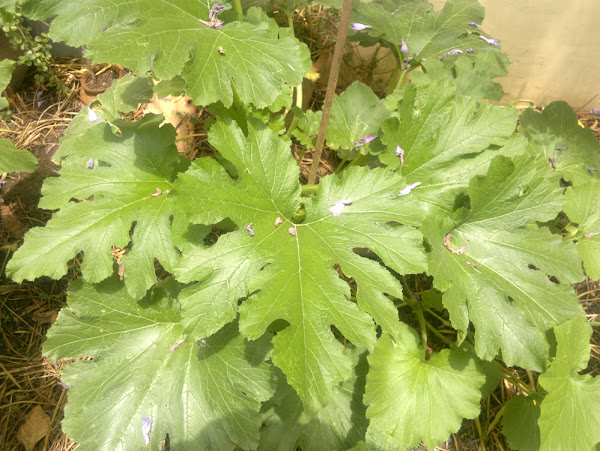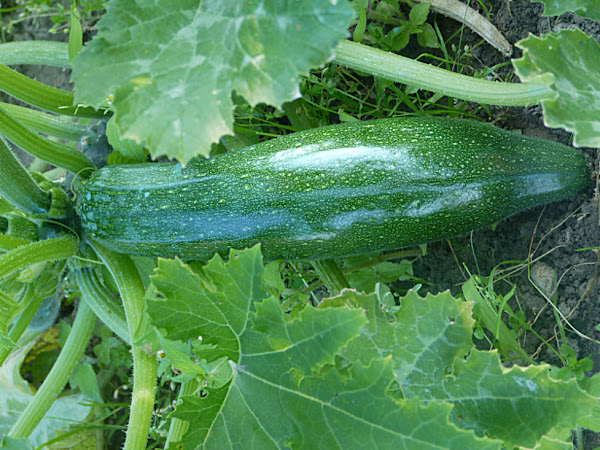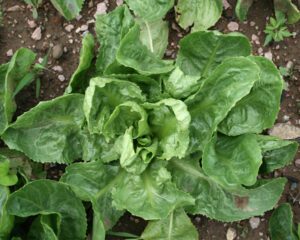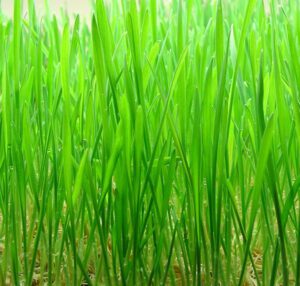Just likegrowing cucumber, growing zucchini organically in home garden is very easy and simple. It is also called ‘courgette‘ and is a very popular vegetable.
Growing zucchini is very popular among the home gardeners. Because of it’s easy to grow nature, zucchini is an ideal vegetable to encourage the kids to grow in home garden.
Zucchini plants grow well, rapidly and produce large amounts of delicioussquash. Actually each plant will produce several squash a day during peak season.
Zucchini is full of nutrients containing useful amount of folate, potassium and provitamin. It is low in food energy and consumed in many different ways. However, zucchini is an excellent choice for growing in your home garden.
Table of Contents
How to Grow Zucchini
Growing zucchini organically in home garden is very easy. Just follow the steps mentioned below for growing this vegetable. Here we are describing all about growing zucchini from planting, caring to harvesting.
Choose a Variety
There are many zucchini varieties available. But you have to choose the right variety for growing zucchini in your home garden.
Consult with other home gardeners in your area for better recommendation.
Some popular zucchini varieties are Butterbush, Cream of the Crop, Cocozelle and Goldbar.

Purchase Seeds
After selecting the right variety, purchase seeds from your nearest seed supply store. The seeds should easily be available in your area.
Today there are some suppliers with online stores, so you can also order online.
Best Time for Growing Zucchini
Zucchini is actually considered a summer squash, because it grows and produces the best fruit in summer.
Although there are some varieties which are considered as winter squashes (but this has to do with the time of fruiting, rather than the time of planting). Growing zucchini is very easy in the temperate climates.
Preparing the Soil
The zucchini plants are heavy feeders, and they will grow well and produce more fruit if the soil is enriched with organic materials.
So you have to prepare the soil well and make it fertile before planting. Till the soil and add well-rotted aged manure or homemade compost.
Planting
The soil needs to be warm enough for planting the seeds (at lease 60° C). Plant the seeds directly in the soil, about 1 inch deep and 2-3 feet apart or more depending on the variety.
If you prefer growing zucchini in hill system, consider allowing 5-6 feet space between hills. If you have limited space in your home garden, consider putting up a trellis for vertical support.
You can also consider starting the seeds indoor and transplant later when the outside temperature is warm enough.
Caring
Zucchini plants require less care and maintenance as compared to some other common vegetable plants.
Although, additional caring will ensure good growth of the plants and this will ultimately result maximum yield.
Here we are describing about the common caring steps for growing zucchini.
Feeding/Fertilizing
Your zucchini plants will grow well if you can feed them well. Prepare the soil before planting with well-rotted manure or compost.
And you can use compost tea or related organic fertilizers for providing them with additional fertilization.
Apply a small amount of fertilizer as a side dress application, when the first blooms appear.

Watering
Frequent and consistent watering is very important and a must for growing zucchini. Water the plants deeply once a week, at least 1 inch.
Water the pants most diligently when the fruits form and throughout the growth period.
Mulching
Mulch around the plants with organic materials for protecting shallow roots, discouraging weed growth and also for retaining moisture.
Grass clippings, dried leaves, hay, homemade compost or straw will be good for using as mulch.
Controlling Weeds
Mulching heavily will help to prevent most of the weeds. Although if you notice additional weeds, control them manually by pulling them (this shouldn’t be tough if you plant a few plants in your garden).
Pollinating
If your zucchini plant blooms flowers but never bears actual fruit, or it bears fruit that stops growing when it’s very small, then it’s a pollination issue.
You can hand pollinate the flowers for getting good results. The zucchini plants have both male and female flowers on the same plant.
Pollen from the male flowers must be transferred to the female flowers by any medium to produce fruit.
Mostlybeesor other insects do this job for you. If anyhow there are not enough or nobeesat all, you have hand pollinate the flowers.
手授粉,捡起一个成熟男性的花and tear off it’s petals carefully. Then lightly shake and rub the stamen on the stigma of the female flower.

Pests and Diseases
Like many other most common vegetable plants, zucchini plants are also susceptible to some pests and diseases.
Especially the squash vine borer and the squash bug are the most dangerous pests for the zucchini plants. The best solution for these pests is to get ahead of them before they arrive.
蚜虫、黄瓜甲虫和臭虫也common pests for the zucchini plants. You need to spray or dust with approved insecticides and hand pick in the morning, or use homemade organic pesticides.
Blossom-end rot is a common disease in the zucchini plants. Ends of the zucchini will turn black and rot if this disease affect your plants.
Generally this condition is caused by uneven soil moisture levels (often wide fluctuations between wet and dry soil), or by calcium levels.
Water deeply and apply a thick mulch over the soil surface to keep evaporation at a minimum.
Don’t keep the soil wet or not completely dried out, instead keep the soil evenly moist like a wrung out sponge.
Harvesting
You can expect to harvest the zucchini when they have grown to at least 4 inches in length or your desired length.
Regular harvesting is very important, because picking zucchini regularly promotes more squash production. For harvesting, use a sharp knife to sever the squash from the rough stem that attaches it to the bush.
The flowers are also edible and you can enjoy them in salads. But there won’t be so many fruits if you collect the flower for eating. Happygardening







